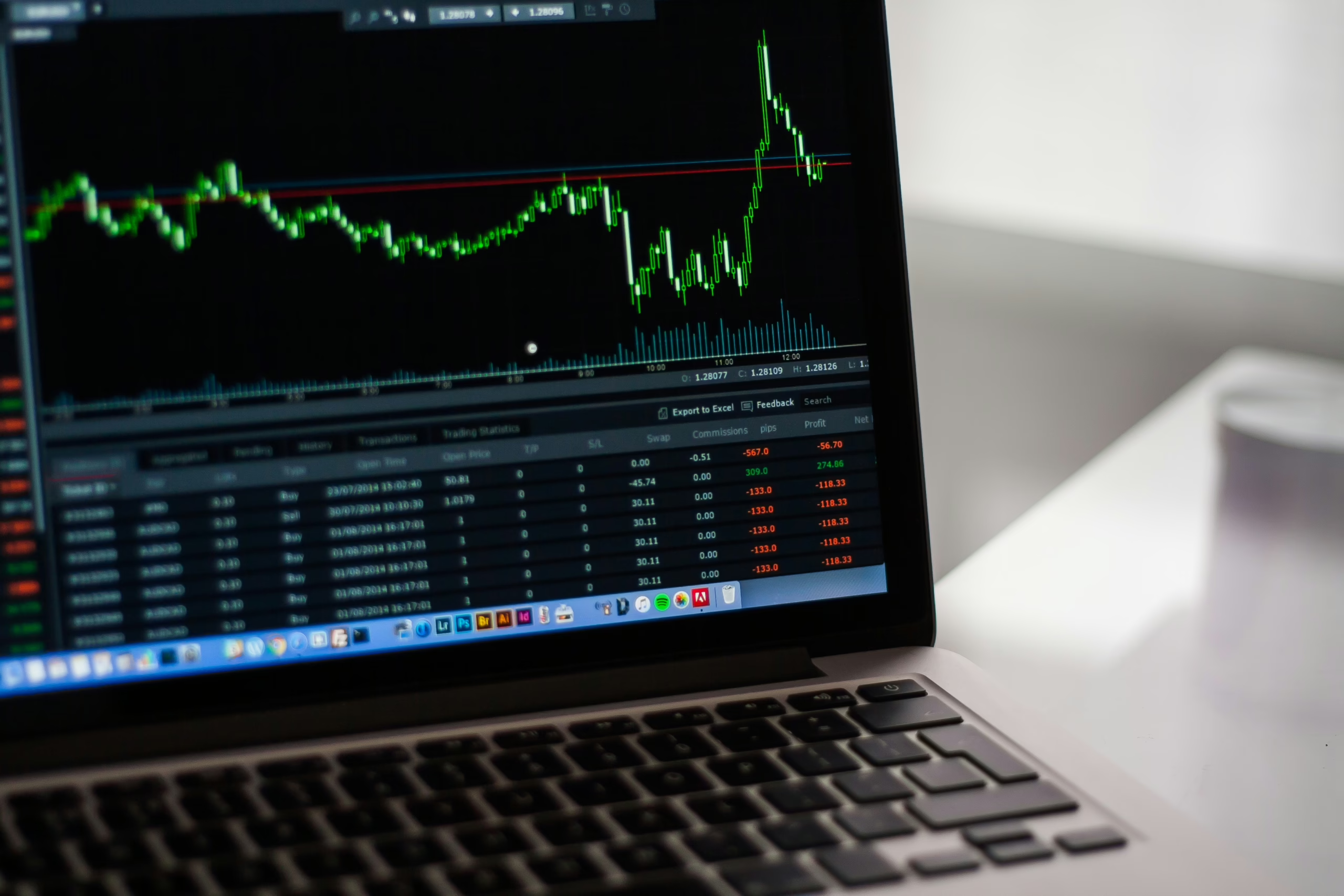The TSX Composite and U.S. indices reached new highs in April, buoyed by strong economic data and
progress on the Covid-19 vaccination rollout. The Canadian economy expanded in March for the 11th
straight month, while U.S. GDP accelerated to a 6.4% annual rate in the first quarter as personal
consumption – the biggest part of the economy – surged at an annualized 10.7%, the second-fastest pace
since the 1960s.
The TSX Composite rose 2.2% last month, reaching a record level of 19,439.82 on April 29 and bringing its
year-to-date gain to 9.6%. Index gains for the month were led by the materials (+5.5%), consumer
discretionary (+5.1%), real estate (+4.2%) and technology (+3.8%) sectors, while health care (-9.3%),
industrials (-1.8%) and utilities (-0.6%) lagged.
The S&P 500 surged 5.2% in April and the Dow Jones Industrial Average advanced 2.7% as both indices
recorded double-digit gains for the year, while the Nasdaq Composite made up for its lagging performance
in the first quarter with a 5.4% jump. Large-cap stocks gained ground on small-cap companies for the
second straight month. The Russell 1000 index of the biggest U.S. companies advanced 5.3%, compared
with a 2.1% gain for the Russell 2000, halving its YTD performance differential from a month ago (+14.8%
YTD for the Russell 2000 vs. +11.1% for the Russell 2000).
(Data Sources: FactSet and Bloomberg)
Our Strategy
As major economies continue to reopen, the strength of the rebound has led to upward revisions in growth
estimates. The International Monetary Fund last month forecast global growth of 6.0% in 2021 and 4.4% in
2022, higher than its previous estimates, but with significant divergence across regions. On April 21, the
Bank of Canada raised its 2021 growth estimate for the Canadian economy by 2.5 percentage points to
6.5%; it also became the first major central bank to signal an exit from monetary stimulus.
Two undesirable consequences of robust global growth are Canadian dollar appreciation and the possibility
of inflation. The Canadian dollar is benefiting from higher prices for commodities such as lumber and crude
oil, as well as the shrinking spread between Canadian and U.S. bond yields. On the inflation front, investors
are apprehensive about massive fiscal deficits and the shortage of critical components such as
semiconductors creating an inflationary scenario. Despite such uneasiness being manifest in significantly
higher bond yields this year, the Federal Reserve and Bank of Canada have noted that such inflationary
pressures may be temporary.
Although the economic backdrop remains positive, the coronavirus remains a potent threat to the health
and wellbeing of the global population, as evidenced by the appalling situation in India, the latest Covid-19
epicenter that currently accounts for close to half of new cases and 25% of deaths. Geopolitical tensions
that are simmering in multiple places around the world are another wildcard that could disrupt markets if
they worsen dramatically.
The Portfolio Management Team (PMT) is comfortable with the current asset allocation of client portfolios.
However, with markets near record highs, the PMT remains vigilant about downside risks and will make
tactical adjustments as required by market conditions.
Please contact any member of the PMT if you have any questions or concerns regarding your accounts.




